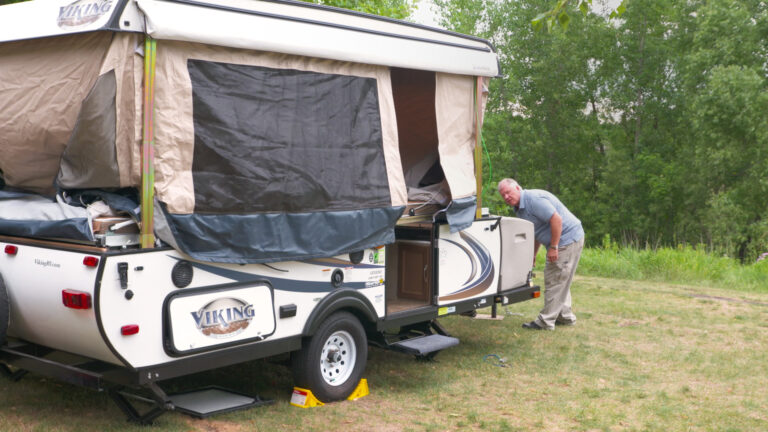
All About Pop-Up Campers
$39.99
$8.00
At a Glance:
- In-depth Instruction; over 149 mins
- On-demand video access anytime
- Bonus downloadable PDF resources
- Access to class Q&A
Description
More and more people are migrating to pop-up campers because they are an inexpensive way to get into camping and tow them with just about any kind of vehicle.
This instructional class will provide you with the information you need to understand how to set up a pop-up, from backing into a site, chocking the wheels, connecting the water, sewer and electrical as well as properly setting up the walls and pop outs and the take down procedure when the camping trip is over.
You will also learn what to look for when purchasing a pop-up, such as a floorplan to meet your needs, what kind of weight your vehicle can tow, where you will be able to store the unit once you have it home, and the options such as air conditioning that you will need.
Often, new pop-up owners will be towing for the first time so we w,ill also have an informative segment on hitches and other towing basics for proper set up of your new trailer.
Since you will also likely be getting ready to head out on your first camping trip with your new trailer, we also have a segment dedicated to things to know before you head out on your trip. In this segment, we will cover understanding how things work inside your new camper and review some of the accessories and items that you will need for the road. This section is chock full of expert suggestions and tech tips.
This class will also instruct you how to operate the inside of your camper. From 12-volt systems to appliances, RV’s can be very complicated. Learning how to work the various systems and devices is an important step to having a successful first outing in your new camper.
Did you know that 75% of campers travel with their pets? Most times the reason people buy an RV is so they can.
Our class will talk about considerations for your pet if you plan on taking them with you on the road.
Regular maintenance is an integral part of owning an RV and in this class, you will also learn about proper camper maintenance and recommendations on many of the RV systems.
Finally, we will review proper take down of your new pop-up camper when it is time to head home from your camping adventure.
In addition to the detailed instruction you will receive, this class will provide you with some downloadable resources and helpful information to keep, including a class guide you can follow and use as a reminder of the key points of the class instruction
Thank you for joining the class!
Class Sessions
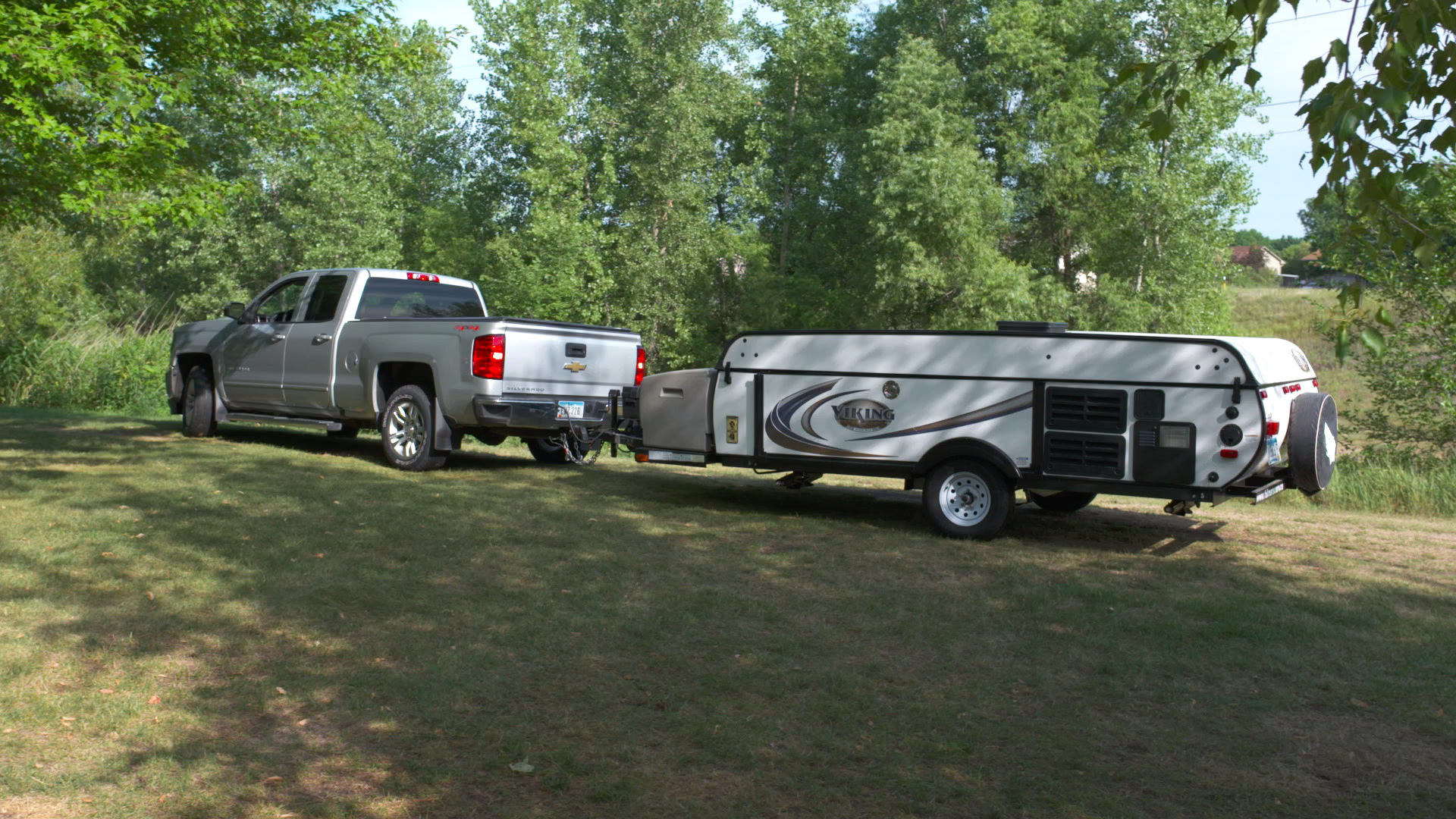
Pop-ups have become very popular due to the ease of towing. They have a wide variety of floor plans and have really changed over the years. Now they have slide outs, full bathrooms and more. More amenities means that they will take a little more to get them set up. In this class, we will walk you through everything there is to know about your pop-up from backing into the campground, chocking the wheels, stabilizing and connecting it.
We’ll teach you how to check the pedestal voltage and polarity, connecting to the water system and drainage as well as how to set up the insides as well as how everything works. The first step though is to show you how to get into the campground and how to back in properly.
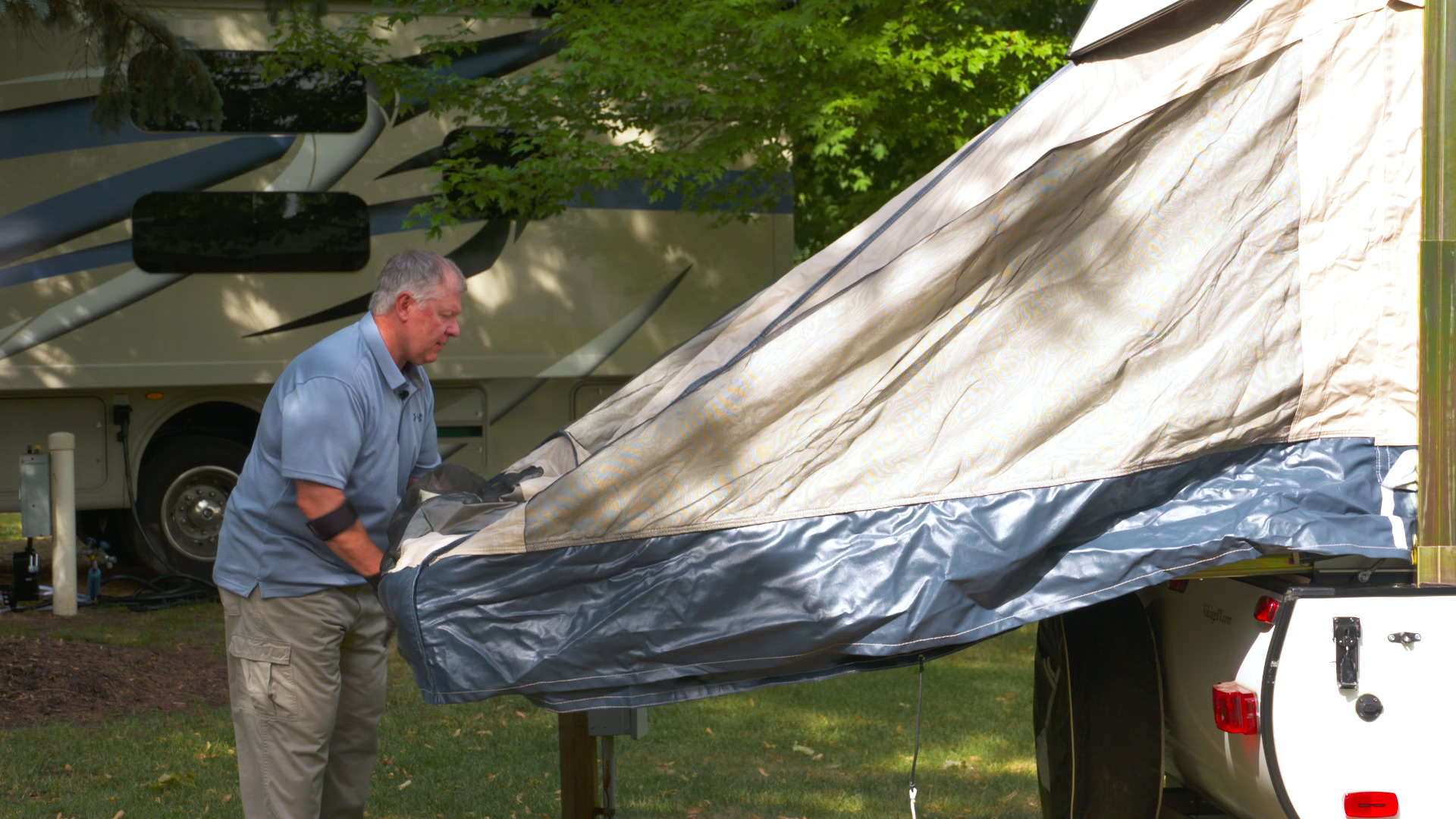
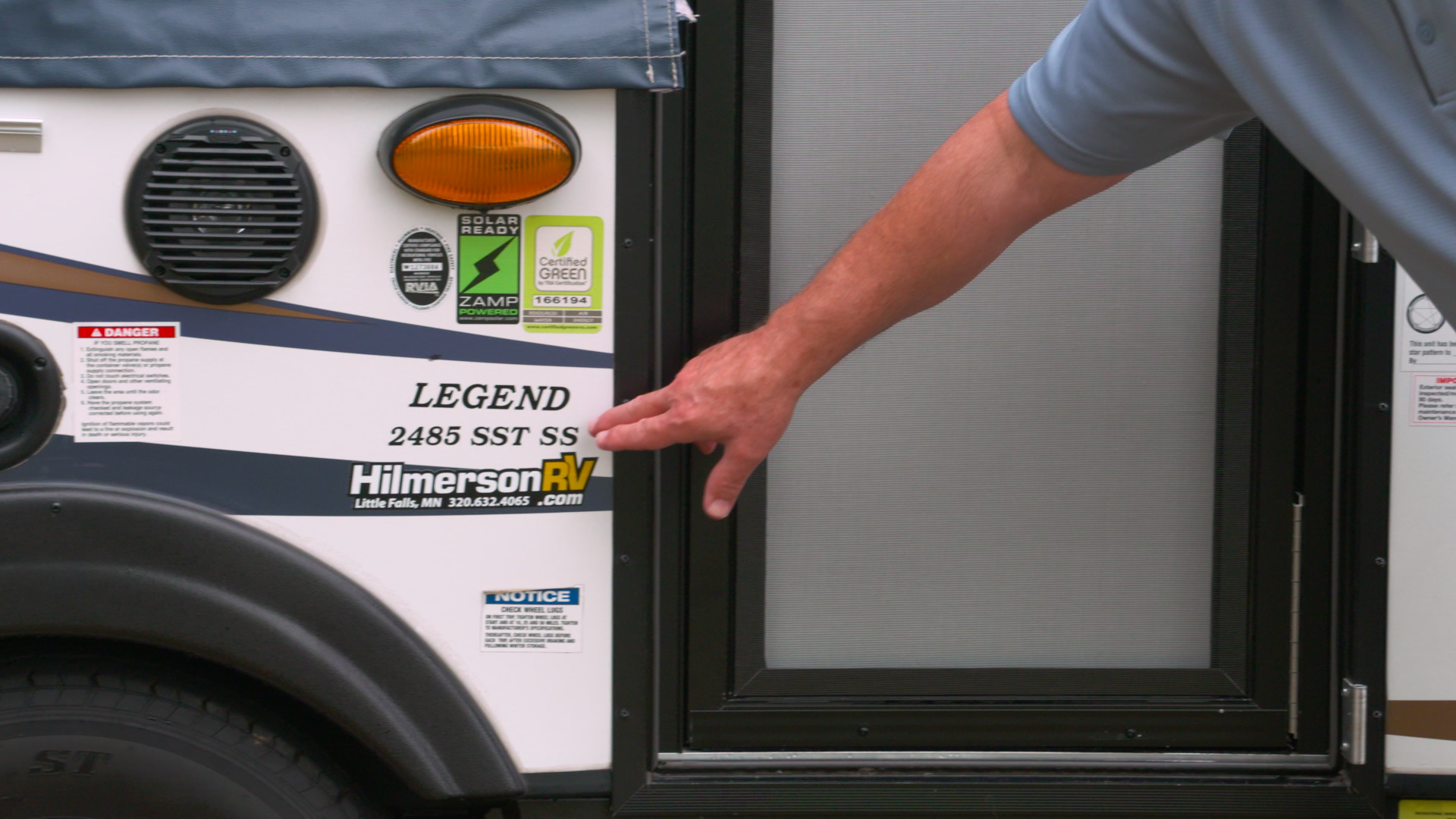
Buying and RV can be a little overwhelming with so many types, brands and floor plans out there to choose from. A pop-up is fairly inexpensive, and you can purchase one at a reasonable price to start out with as you figure out if you like camping and what your future needs will be.
One of the most important considerations when buying any RV is weight and what kind of towing and carrying capacity your tow vehicle has. This class will review weight capacities, weighing your truck and trailer as well as when you need an auxiliary braking system.
In this session, we will also cover measuring the RV to make sure you have a place to store it, floorplans and things to consider when choosing the right floorplan for your family size and camping style as well as when a pop-up is not the best choice of camper.
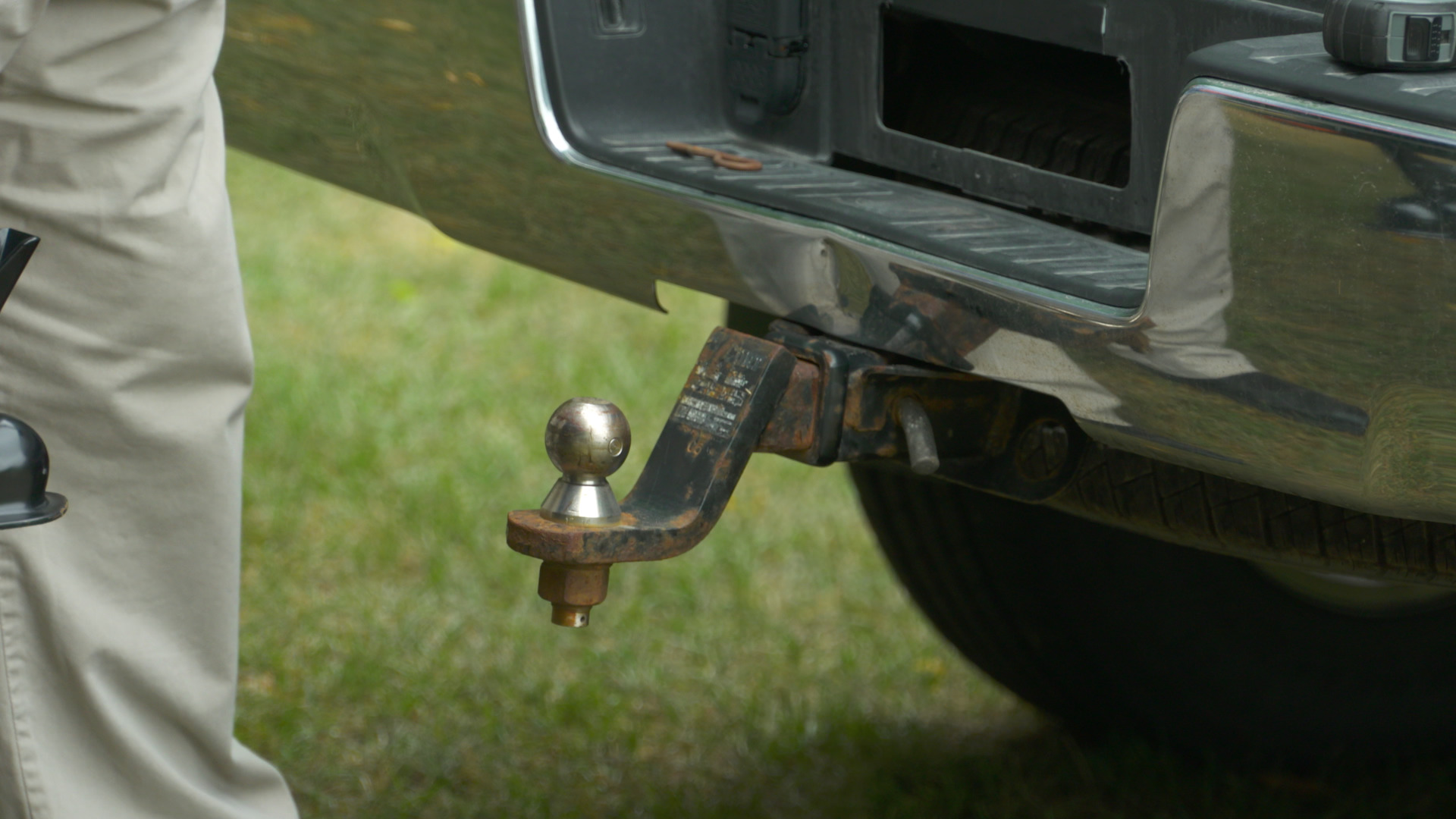
If this is your first venture into an RV, it's important to get the proper hitch that can handle the weight and set it properly. Receiver type hitches are the most common on travel trailers and pop-up campers and consist of a ball on a metal bar that inserts into the receiver on your tow vehicle. Hitches come in different classifications. The classifications correlate to towing capacity and tongue weight. Typically, on a pop-up you are not going to need a big capacity, but tongue weight can be affected by how much stuff you put in the front storage area or on the front frame of the trailer.
In this class we will review towing classifications what weights you need to know and other considerations relating to your hitch set up.
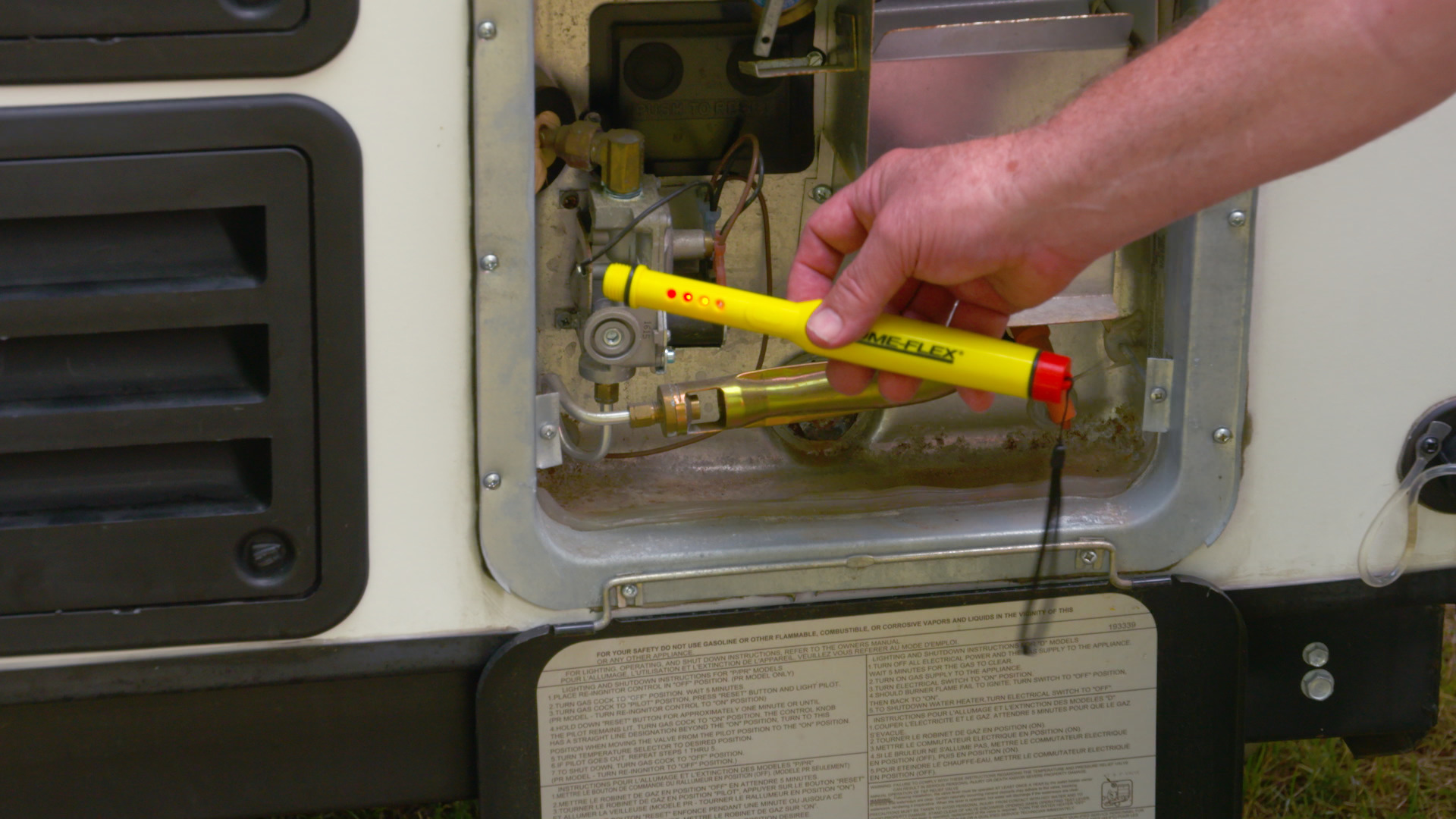
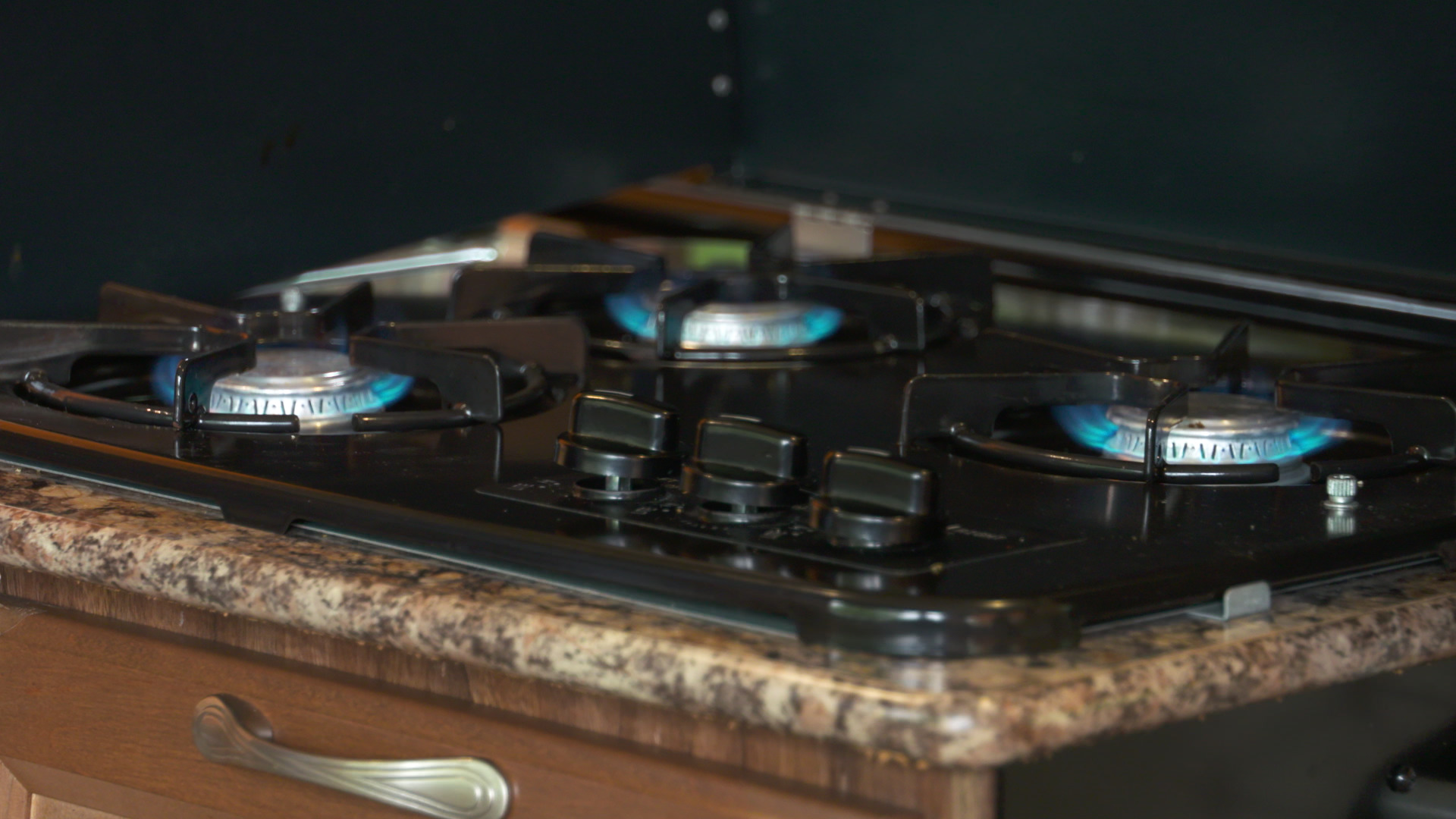
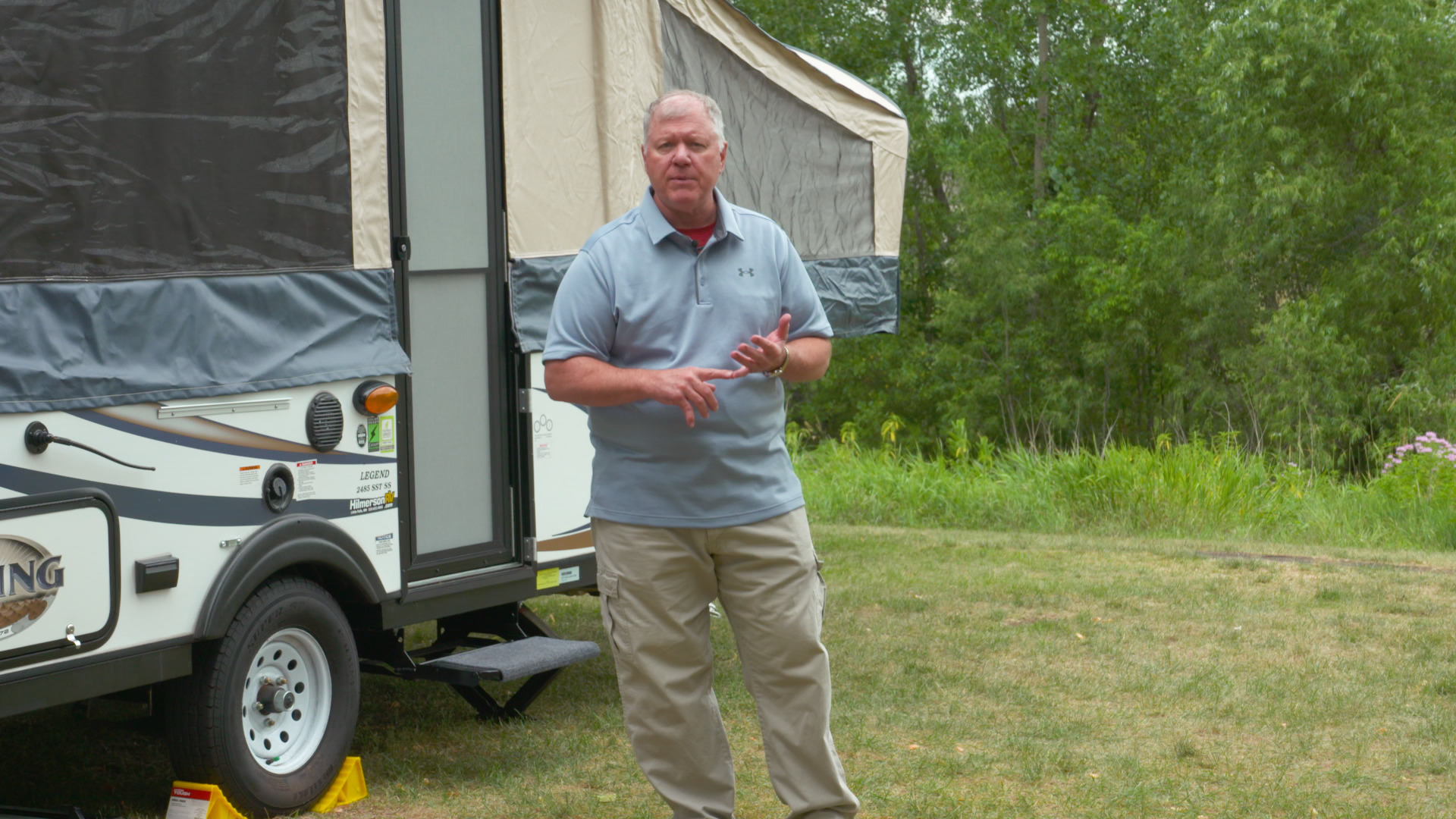
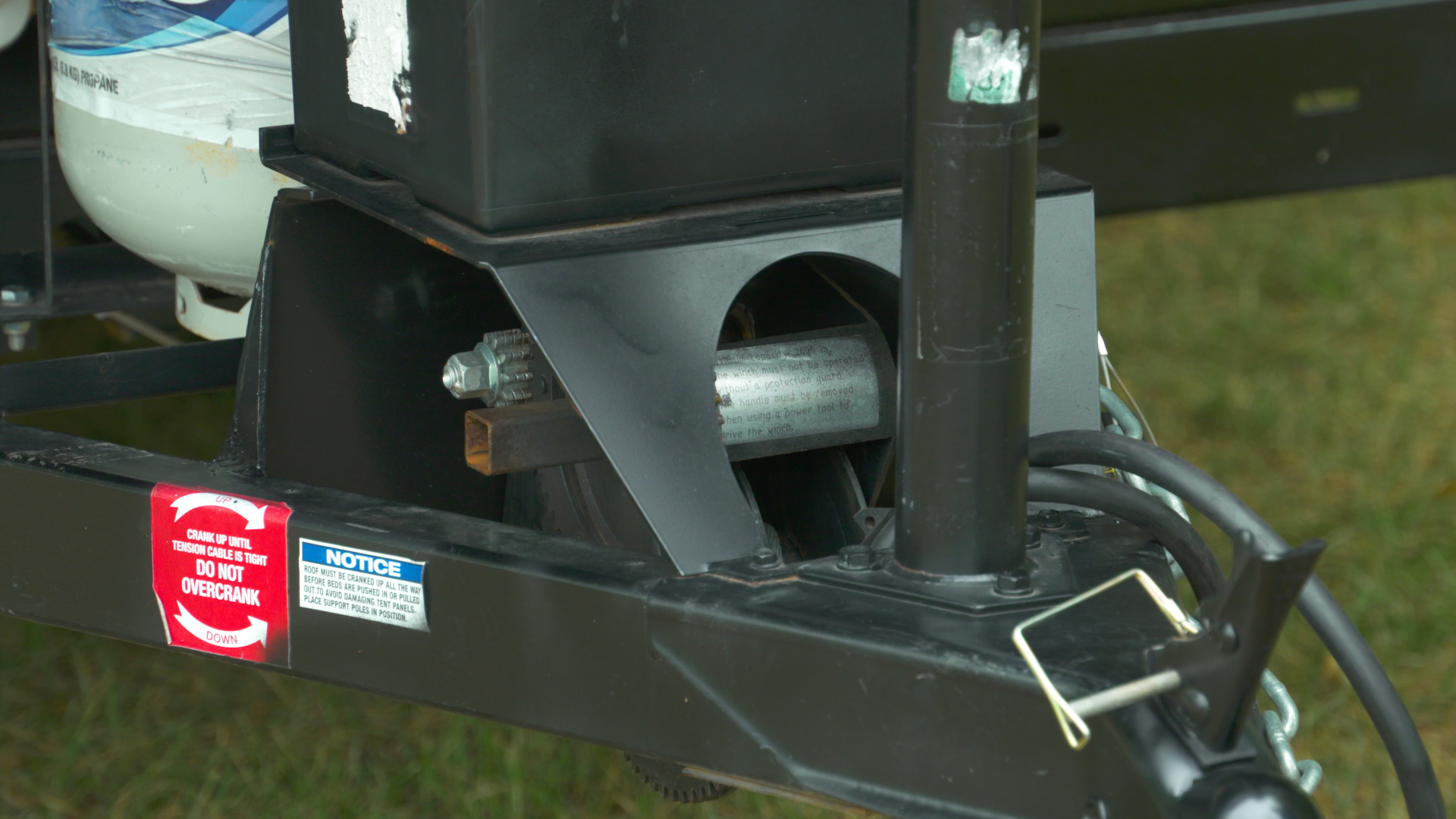
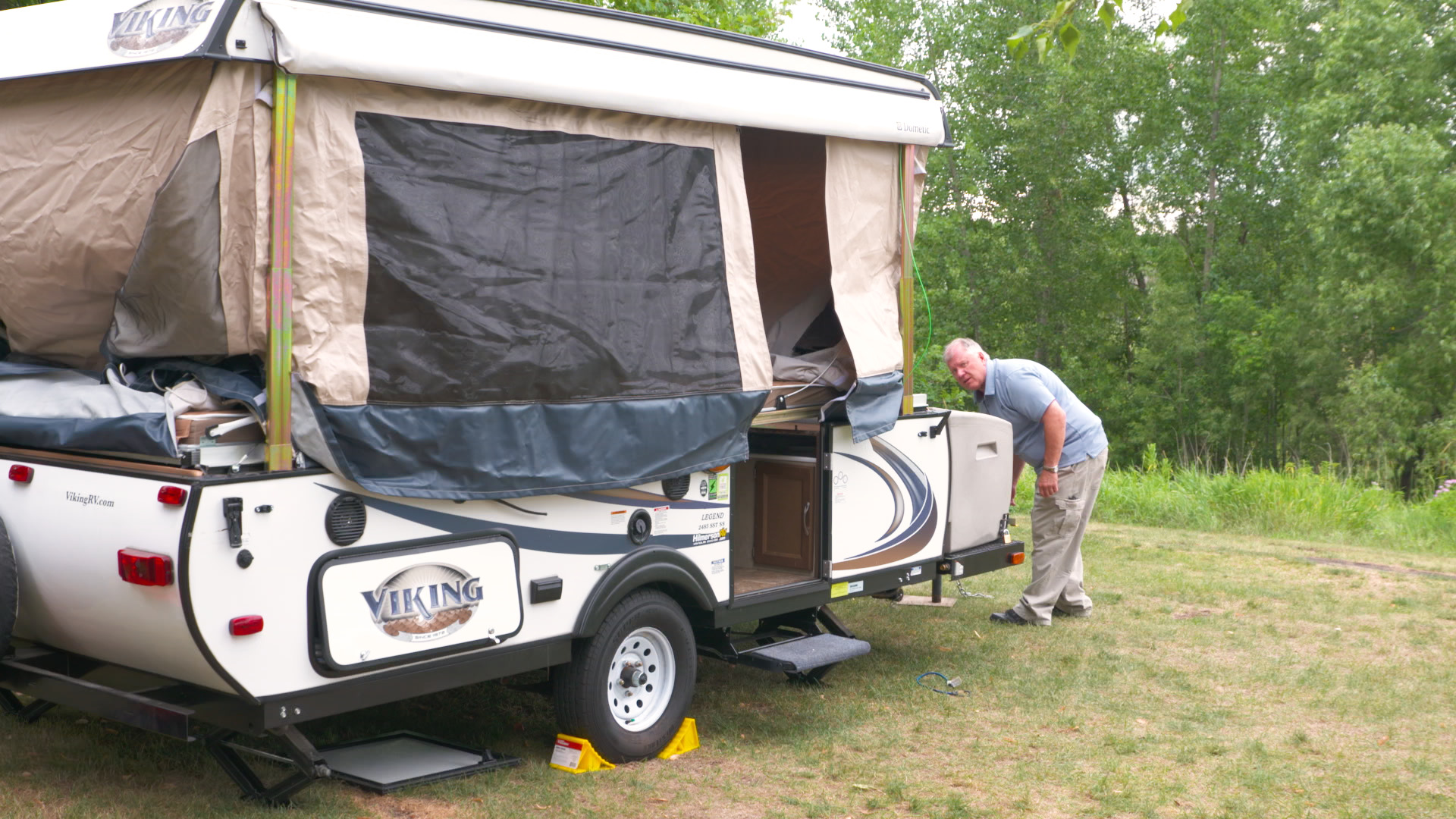

Your Instructor
Dave Solberg
Dave Solberg is the Managing Editor of the RV Repair Club. For over 25 years, Dave has conducted a wide range of RV maintenance and safety seminars, developed dealer and owner training programs, written RV safety and handyman articles, authored an RV handbook reference guide and logged over 100,000 miles on the road in an RV.

Bonus Material
At the Campground Checklist
Pop-Up Camper Checklist
Pop-Up Trailer Pre-Departure Checklist At the Campground
Proper Tire Pressure and Maintenance
Weight Ratings and Terminology
Bonus Materials available for download after purchase.
